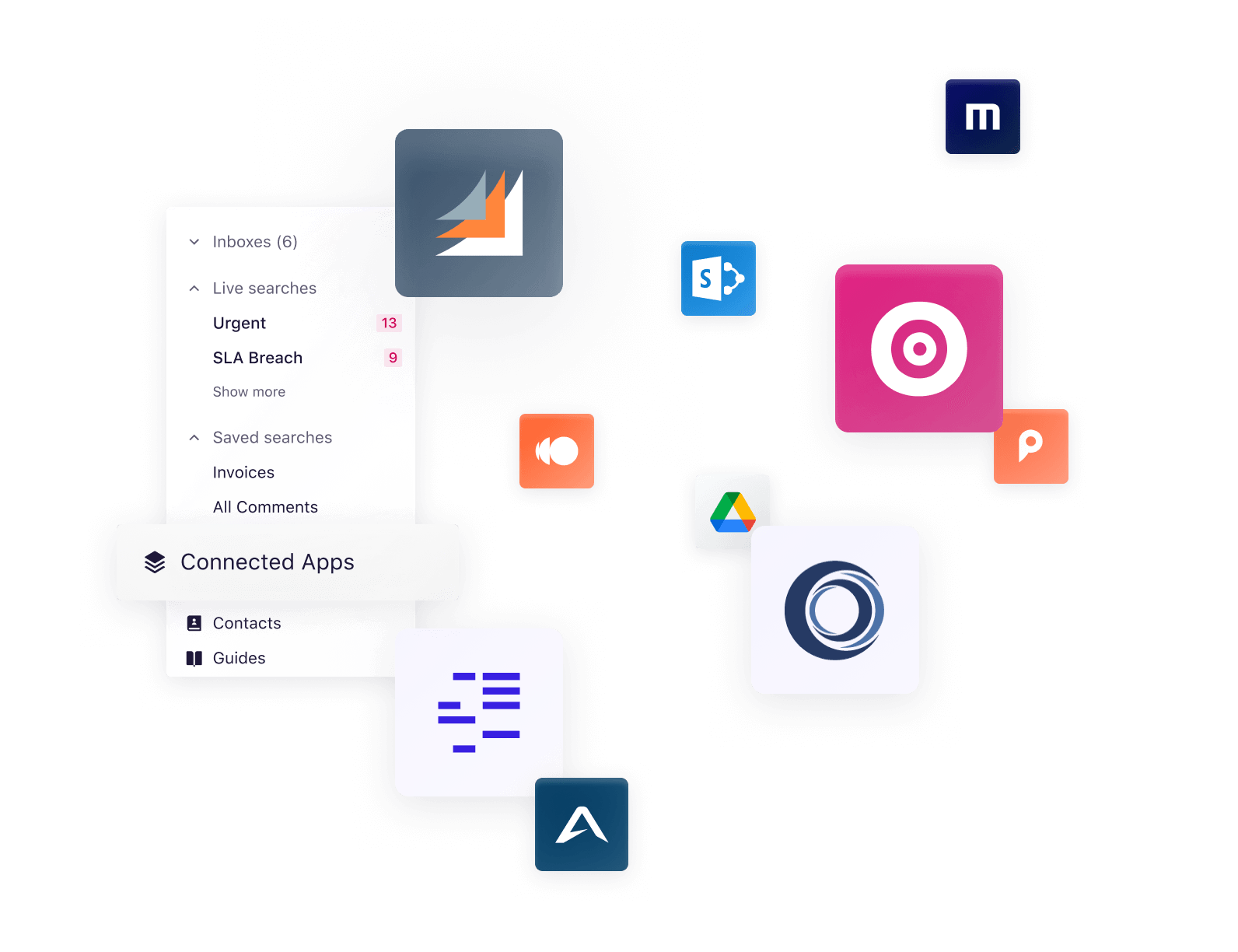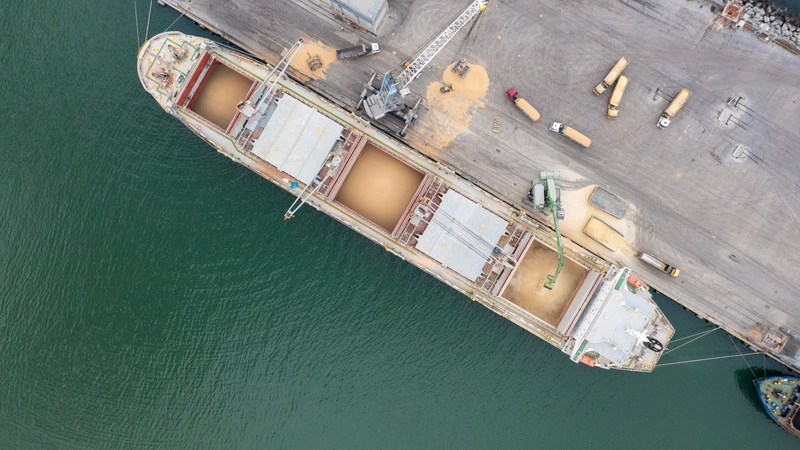Designing your digital transformation strategy roadmap
Embarking on a digital transformation journey is more than just a technology upgrade. It is a comprehensive rethinking of processes, technology, culture, and customer experience.
But how successful are these digital transformation projects? A study from Harvard Business Review reveals that although 89% of large companies worldwide are undertaking digital and AI transformations, they have only realised 31% of the anticipated revenue increase and 25% of the expected cost savings from these efforts.
This tells us that merely adopting a new digital tool or initiating a technology project is not enough. You need a clear digital transformation strategy roadmap to ensure a transition that is systematic, manageable, and aligned with the company's vision, ultimately leading to a competent and innovative organisation.
Roadmap for digital transformation: A step-by-step guide
Creating a robust digital transformation roadmap involves the following steps:
1. Laying the groundwork for your digital transformation strategy
Consider what digital processes you already have in place and how well they work. Are there areas where manual processes still dominate? How do your current digital technologies align with your business goals? Maritime organisations might assess how digital their logistics, communication, and tracking systems are. A company still relying heavily on manual processes for tracking shipments or communicating with vessels might score lower on digital maturity, indicating a greater need for transformation.
McKinsey research reveals that 70% of complex, large-scale digital transformation projects don’t reach their stated goals, so a crucial part of outlining the roadmap is defining your short- and long-term goals. As such, you don't need to start by changing all operations. Beginning with one area, such as your email communications and data management, is a great first step towards digitalising your maritime enterprise.
Setting objectives for your maritime digital transformation strategy involves:
Short-term goals
- Stability: Ensure that the digital transformation roadmap doesn’t disrupt current operations.
- Scalability: Assess if your systems can grow and adapt to your business.
- Efficiency: Evaluate if you have streamlined processes that make operations efficient.
- Collaboration: Make sure the new technology enables better teamwork and communication.
Long-term goals
- Automation: Look towards automating repetitive tasks to save time and reduce errors.
- Competitive advantage: Analyse how this new technology gives you a competitive advantage.
- Data insights: Leverage data analytics tools for informed decision-making.
Setting measurable success criteria helps align your digital transformation strategy with your business goals.
2. Scoping the transformation
The first step involves two key actions: identifying critical sectors for digital upgrades and prioritising digital capabilities based on value and readiness. For instance, if your business wants to streamline communication and data management, managing high volumes of emails and documentation is a strong starting point. In such a scenario, your first successful digital transformation plan should be to transition to an AI email management system like Sedna.
Another essential part of scoping is to set clear boundaries for what the transformation will cover and acknowledge the limitations, whether they are budgetary, technological, or resource-based. Remember that not all areas are ready or suitable for immediate change. It's crucial to prioritise initiatives based on their potential to add value to your operations and their readiness for digital integration.
📩 Learn why digital transformation in maritime begins in your email inbox.
3. Allocating resources
Resource allocation determines the right technology and infrastructure to enhance efficiency and adaptability. Three areas to focus on are budget, time, and team allocation:
- Budget: Since each project is unique, with different ROI expectations, it's essential to factor in variables for accurate budgeting. Identify the most relevant projects and the budget holders' interests to align your initiatives accordingly.
- Time: Maintaining agility and flexibility in your project timeline is crucial to accommodate unforeseen changes and challenges. Setting correct expectations about the possibility of changes over time and regularly updating all stakeholders can help maintain the project's integrity and team reputation.
- Team allocation: Nurturing a top-tier digital transformation team from the beginning, including securing funding for in-person kickoff meetings and potential bonuses, is important because it fosters a sense of ownership and dedication among team members, leading to better collaboration and communication.
4. Constructing a timeline
This phase involves setting realistic milestones tailored to your business objectives, akin to how a vessel navigates through a predefined route. Each milestone should align with key performance indicators (KPIs), ensuring measurable progress. Equally important are contingency buffers such as risk mitigation plans and flexible timelines.
In a maritime context, think of these as allowances for unexpected weather conditions. They ensure your digital transformation framework remains on course, even when unforeseen challenges arise.
5. Executing the roadmap
Rather than a sweeping overhaul, consider an agile, step-by-step approach. Agile project management enables quick responses to market changes and technological advancements. For example, a shipping company might start digitising its cargo tracking systems. This iterative process ensures continuous improvement without disrupting core operations.
Effective communication is vital to articulate the benefits and changes clearly to all stakeholders. In maritime, this process involves explaining how digital tools streamline port operations or improve route planning. Change management strategies should be in place to aid this transition, ensuring the smooth adoption of new technologies.
6. Measuring success and tracking progress
Effective tracking entails regular reviews of systems and processes so they continue aligning with your goals. Regular feedback sessions from internal teams and external stakeholders help identify areas for improvement, ensuring continuous refinement of the high-impact digital initiatives.
Here is an example of the key success metrics a maritime company should track while transitioning to an AI email organiser as part of their digital transformation strategy roadmap:
- Email processing time: Measure the average time to process incoming emails. A decrease in processing time indicates improved productivity.
- Email volume management: Track the volume of emails processed. Competent management tools should enable handling increased volumes more efficiently.
- Data retrieval time: Monitor the time to retrieve historical email data and related documents. Faster retrieval times suggest improved organisational efficacy.
- Error rate: Track errors, like misrouted or missed emails. A lower error rate signifies better accuracy in communications.
- Response time to critical communications: Measure the time to respond to critical emails. Shorter response times are important in time-sensitive maritime operations.
- Cost savings: Evaluate the savings achieved by reducing manual email handling and streamlining communication processes.
- Team collaboration: Assess how the platform has impacted collaboration, especially for cross-departmental communications.
- Compliance and security incidents: Keep track of incidents related to data breaches or non-compliance with industry regulations, aiming for a reduction in such incidents.
- Integration with other systems: Assess the effectiveness of the platform's integration with other operational systems within the company.
- Training and support requests: Track the number and nature of training and support requests, which can indicate the platform's ease of use and learning curve.
💲Explore the ROI of digitalising maritime email.
7. Scaling up and sustainability
Ensuring scalability means choosing solutions that can grow and adapt to your needs. As your business expands, your digital infrastructure should be able to support increasing data loads, more complex operations, and additional users without a drop in performance.
But remember, technology alone isn't the silver bullet. Maintaining momentum is crucial. Accepting organisational change requires continuous assessment, employee training, and possibly cultural shift. It's about fostering an environment where innovation is encouraged and digital strategies are seen as enablers of business growth.
⚓ Learn how 84% of Sedna customers have increased productivity and profitability.
Sedna: Detailed digital transformation framework
We developed a detailed roadmap for digital transformation in the maritime industry that outlines the phases, activities, deliverables, execution timelines, and the key stakeholders involved in the process.
Let’s take a closer look:
💻 See how Sedna's latest AI email features reduce manual tasks in your workflow.
Advance your digital transformation success with Sedna
Taking on a digital transformation project should be a smooth and seamless process, which is why Sedna can be the ideal starting point for your business. Our solutions Stream and Pulse help you optimise email and data management, allowing you to focus on core maritime operations and strategic decision-making.
Our AI-powered platform intelligently identifies important data in emails and enhances efficiency, establishing Sedna as a leader in AI-driven email management. With Sedna AI, businesses drive profitability through supply chain-powered automation, using workflows and plugins to revolutionise communications.
Latest resources
Driving faster action and insights from your core business system
Connected Apps integrate business-critical data hidden across your digital ecosystem. Make informed decisions without needing to switch contexts or systems.






